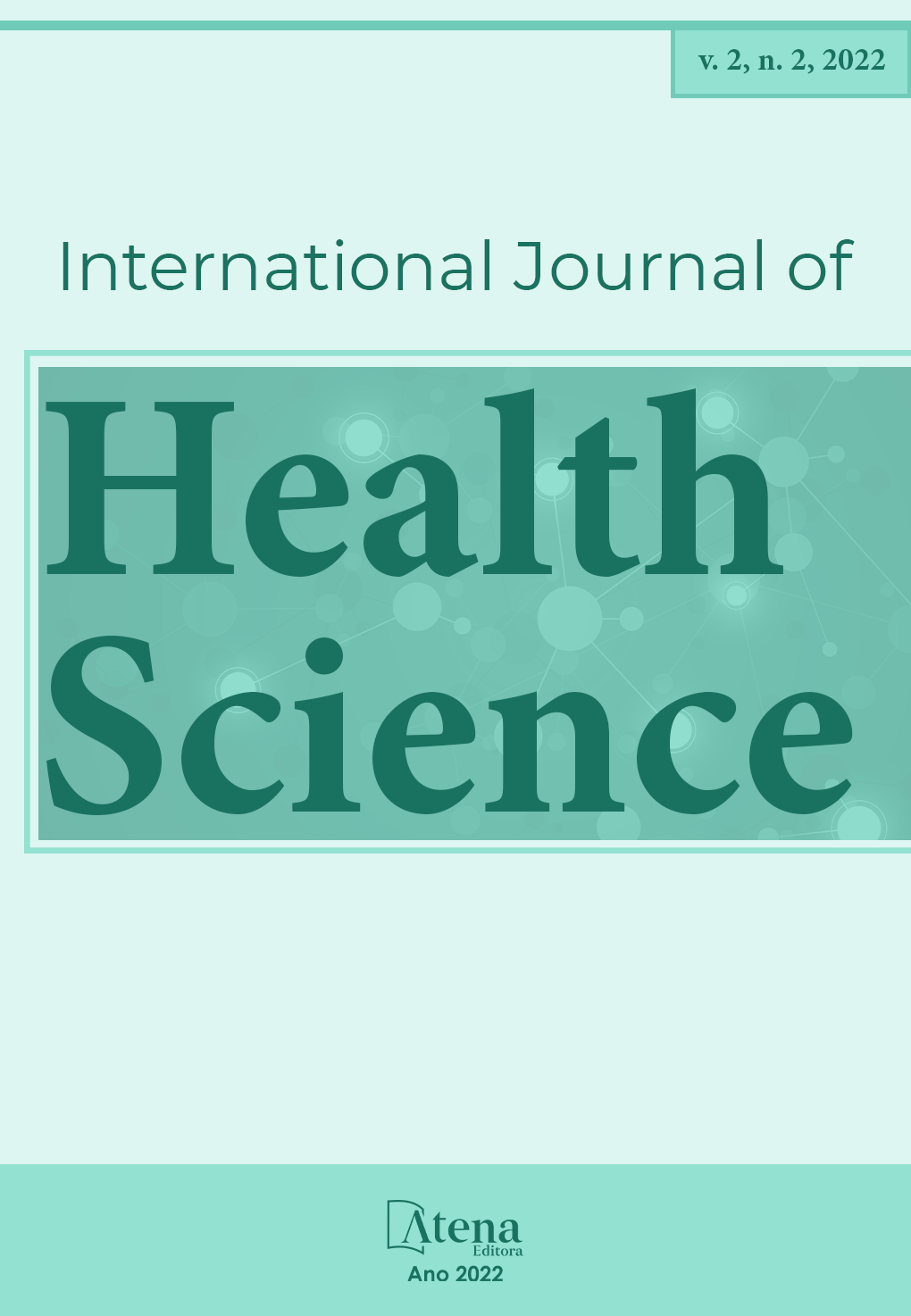
The Brazilian Dynamic-Cohort Study “Moving for Health” as a Proactive model of Evolutionary/Behavioral –Medicine to Non-Communicable Diseases in a community- based subjects
As an Evolutionary-Behavioral Medicine approach to care Non-Communicable Diseases(NCDs) patients, it is presented an allostasis pro-active model of lifestyle modification(LiSM), involving supervised-physical exercises and dietary counseling. For so it was used data(2005-2019) from the dynamic cohort study “Move for Health” supported by the public university, in free-attendance of the local urban community. Upon registration and filling out the ethical protocol, adults over 35-yr old were clinically selected for inclusion and thereafter, assessed for physical activity, fitness, dietary quality and food intake along with body composition and plasma biochemistry for diagnosing NCDs. Further on they are involved in one of the interventions with supervised physical exercises and counseled diet. The 1,218 subjects were 79% females, 51.2% over 60 yrs, old, 30% with family income<2minimum waive, over 90% diet-inadequacy and time-crescent physical inactivity(10.3% to 18.3%). Among NCDs, 39% were obese, 68.9% abdominal obesity, 52.1% MetS, 34.4% NAFLD, 16.1% T2D and 20.6% at CHD-risk>20%. Dietary inadequacy was distinctly influenced by schooling and income, whereas low-physical activity was common in those with either higher schooling or income, being the leisure activity the most discriminatory domain. The ranking of physical inactivity followed MetS(75.3%), Obes(62.8%), NAFLD(41.2%), T2D(37.8%) and CHD-high risk(18.3%). Graduates from a 2-yr LiSM referred themselves feeling healthier. The compliance varied from 12.4%(2yrs) to 52.3%(6mo.) and 65%(10wks). Six-mo. LiSM improved some dietary itens but not the whole diet(HEI). Similarly, the increased activity of leisure domain was compensated by the decreased domestic labor. A Six-mo. LiSM promoted 3.4% eutrophy, identically to 2-mo. LiSM plus dietary-fiber adequacy. Blood-hypertension normalization was LiSM-lasting and exercise-type dependent, whereas T2D was exercise-type only. MetS reduction was dependent on either exercise-type, protocol lasting or specific-dietary interventions. Hence, the proposed lifestyle-proactive approach would be an effective and money-saving alternative, for the drug-based reactive care of NCDs.
The Brazilian Dynamic-Cohort Study “Moving for Health” as a Proactive model of Evolutionary/Behavioral –Medicine to Non-Communicable Diseases in a community- based subjects
-
DOI: 10.22533/at.ed.159222217014
-
Palavras-chave: non-communicable chronic diseases, lifestyle modification effectiveness, public health economic savings
-
Keywords: non-communicable chronic diseases, lifestyle modification effectiveness, public health economic savings
-
Abstract:
As an Evolutionary-Behavioral Medicine approach to care Non-Communicable Diseases(NCDs) patients, it is presented an allostasis pro-active model of lifestyle modification(LiSM), involving supervised-physical exercises and dietary counseling. For so it was used data(2005-2019) from the dynamic cohort study “Move for Health” supported by the public university, in free-attendance of the local urban community. Upon registration and filling out the ethical protocol, adults over 35-yr old were clinically selected for inclusion and thereafter, assessed for physical activity, fitness, dietary quality and food intake along with body composition and plasma biochemistry for diagnosing NCDs. Further on they are involved in one of the interventions with supervised physical exercises and counseled diet. The 1,218 subjects were 79% females, 51.2% over 60 yrs, old, 30% with family income<2minimum waive, over 90% diet-inadequacy and time-crescent physical inactivity(10.3% to 18.3%). Among NCDs, 39% were obese, 68.9% abdominal obesity, 52.1% MetS, 34.4% NAFLD, 16.1% T2D and 20.6% at CHD-risk>20%. Dietary inadequacy was distinctly influenced by schooling and income, whereas low-physical activity was common in those with either higher schooling or income, being the leisure activity the most discriminatory domain. The ranking of physical inactivity followed MetS(75.3%), Obes(62.8%), NAFLD(41.2%), T2D(37.8%) and CHD-high risk(18.3%). Graduates from a 2-yr LiSM referred themselves feeling healthier. The compliance varied from 12.4%(2yrs) to 52.3%(6mo.) and 65%(10wks). Six-mo. LiSM improved some dietary itens but not the whole diet(HEI). Similarly, the increased activity of leisure domain was compensated by the decreased domestic labor. A Six-mo. LiSM promoted 3.4% eutrophy, identically to 2-mo. LiSM plus dietary-fiber adequacy. Blood-hypertension normalization was LiSM-lasting and exercise-type dependent, whereas T2D was exercise-type only. MetS reduction was dependent on either exercise-type, protocol lasting or specific-dietary interventions. Hence, the proposed lifestyle-proactive approach would be an effective and money-saving alternative, for the drug-based reactive care of NCDs.
-
Número de páginas: 42
- Roberto Carlos Burini


